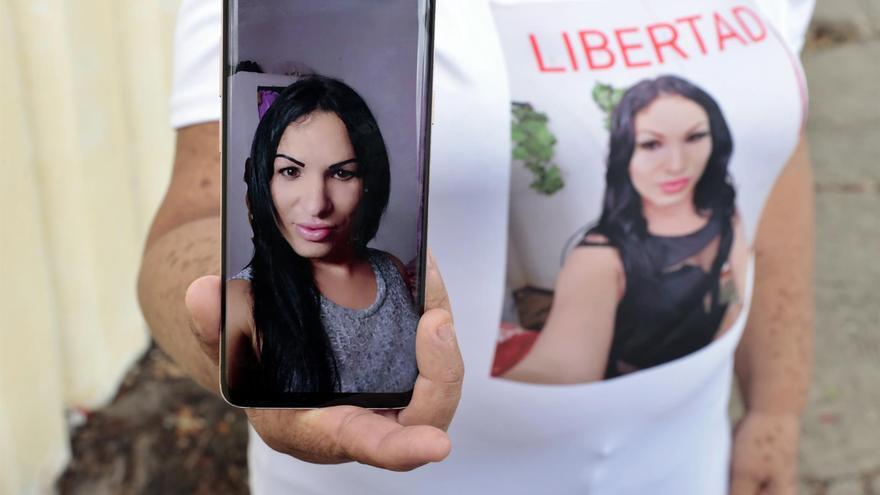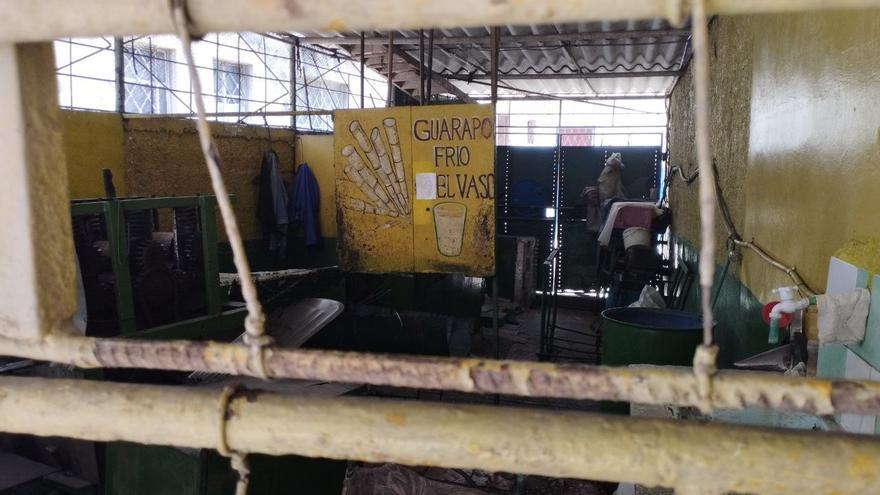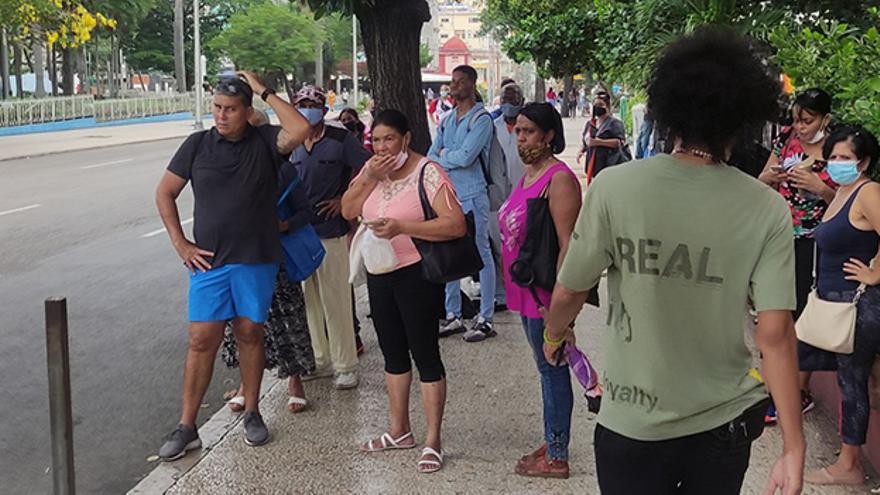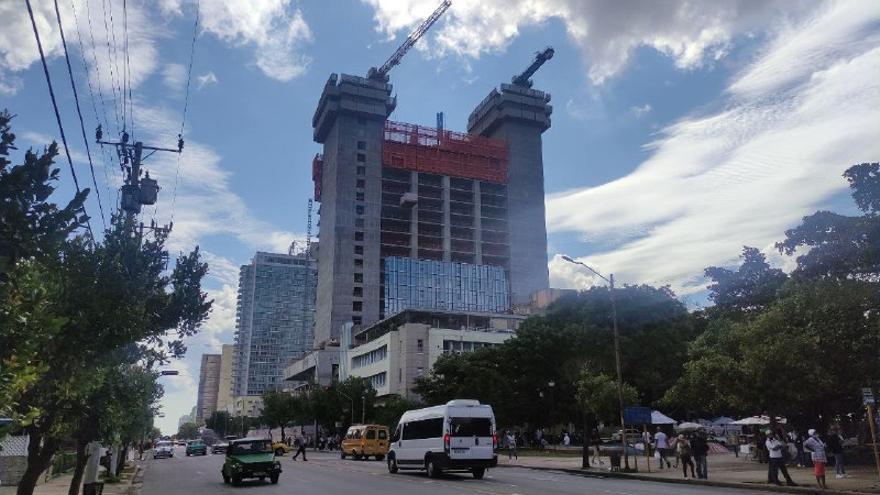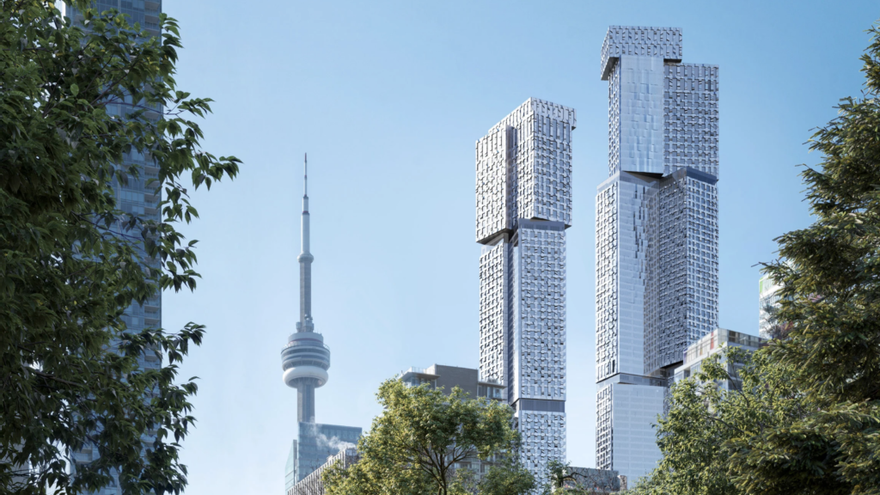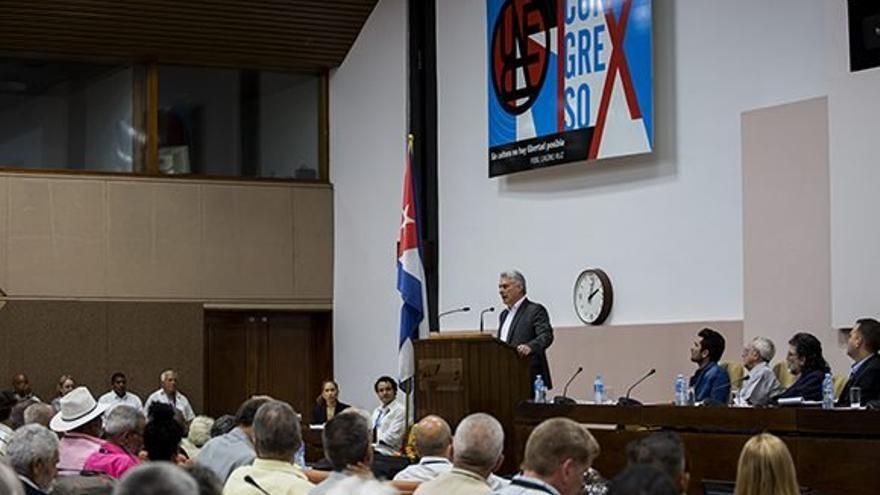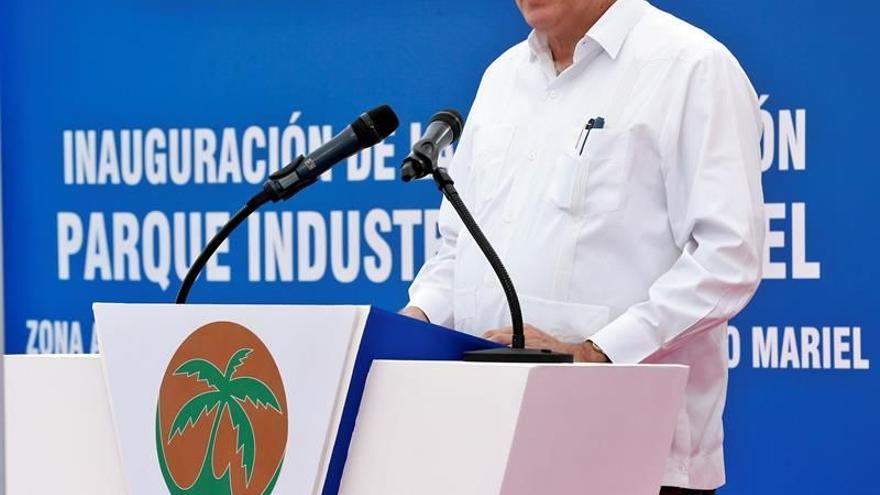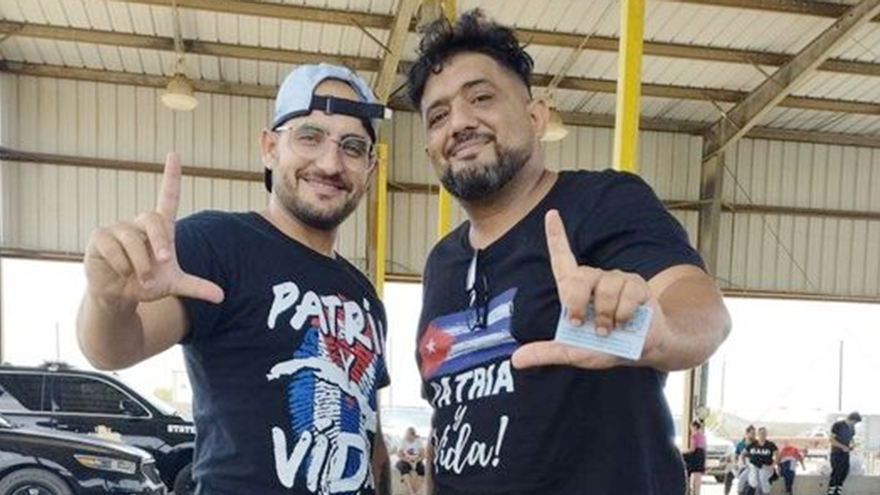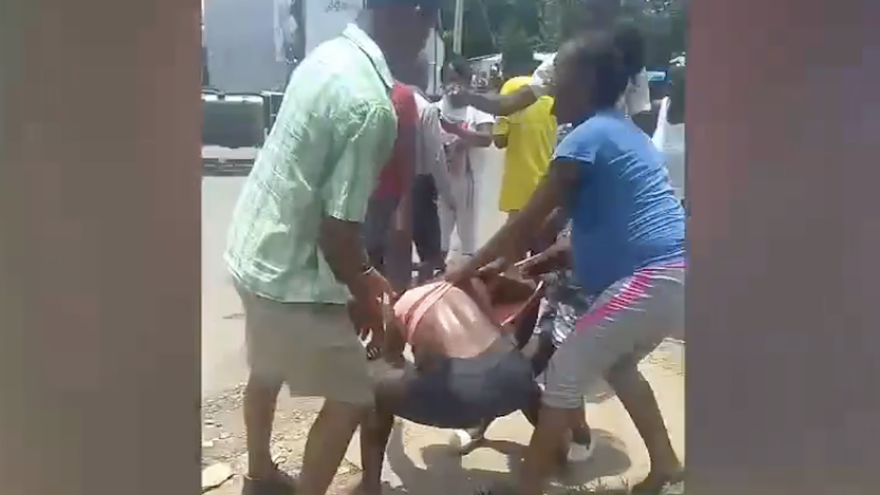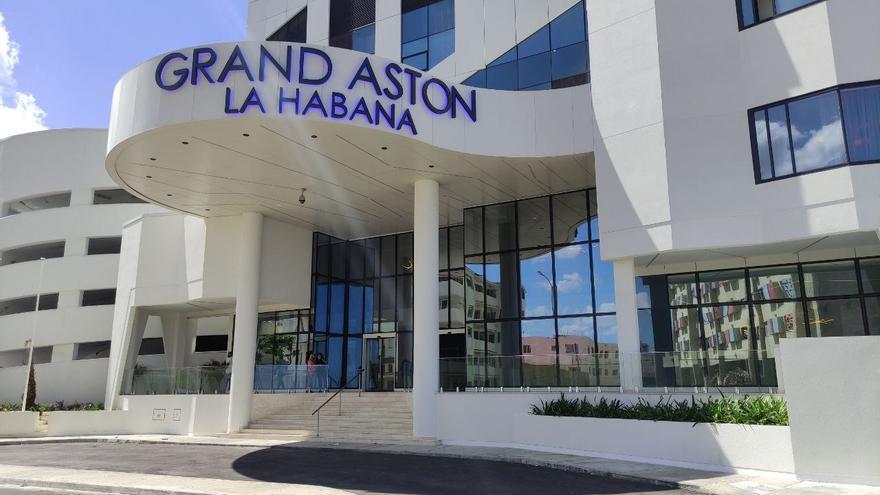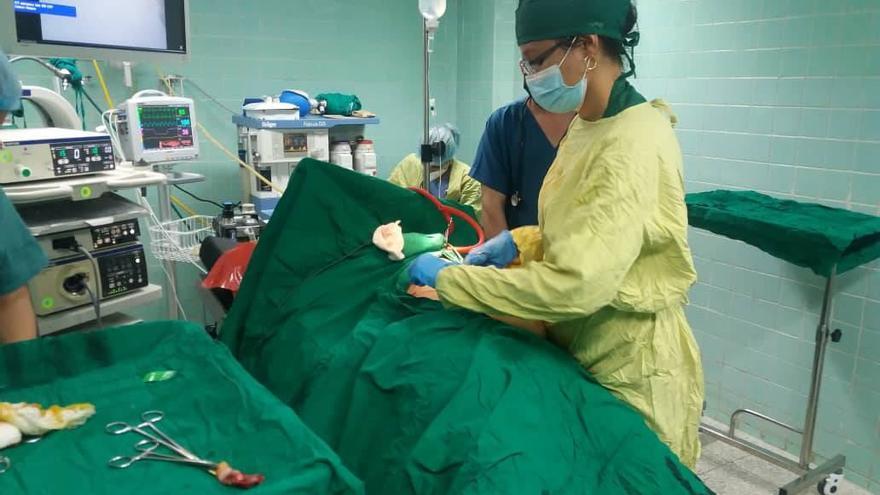
![]() 14ymedio, Havana, 23 July 2022 — For every surgery that is performed in Cuba, someone is paying a lot of money in Miami. Without dollars, imported medicines and bribes, there is no one to operate, says Julia, a 68-year-old from Santa Clara who suffers from breast cancer. Thanks to her son, who lives in Florida, she has passed with luck, although not without disappointment and negligence, through the different stages of treatment.
14ymedio, Havana, 23 July 2022 — For every surgery that is performed in Cuba, someone is paying a lot of money in Miami. Without dollars, imported medicines and bribes, there is no one to operate, says Julia, a 68-year-old from Santa Clara who suffers from breast cancer. Thanks to her son, who lives in Florida, she has passed with luck, although not without disappointment and negligence, through the different stages of treatment.
Since her diagnosis at the end of 2021, Julia has had to send her son complex lists of medicines, equipment and serums that oncologists require. The “medical power” recommends that patients search for a guardian angel beyond the borders of the Island. If they do not find one, they always have to ask for the symbolic question, “who’s last in line,” and then join the line themselves, a line lasting two or three years, to enter the operating room
“Gloves, scalpels, rolls of gauze, adhesive tape, swabs, catheters…” lists Julia, who has lost count of everything she should ask of her son. “Before the operation, you have to take the ’package’ to the doctor so she can sterilize it. But be careful: if you get sick and an emergency case arrives, they use someone else’s material without inconvenience and everything goes to hell.”
In addition to the anguish of the disease and the operation, patients who manage to get past the entrance of the operating room must face other surprises. “My sister accompanied me in the first operation, of minimal access,” says Julia. “Everything was faded and the machines were very old. To top it off, my sister saw blood and flies on the operating room floor, and she immediately went to complain.”
“Do you know what they answered?” Julia recalls, indignant: “Don’t worry, ma’am, those flies are sterilized.”
There are only two anesthesia machines in the Santa Clara operating rooms. Even that does not guarantee correct treatment. Julia, for example, was injected with lidocaine, the anesthetic used by dentists, and she had to ask for the dose to be increased on more than one occasion, because she felt the cut of the scalpel. continue reading
But if the operation is painful, chemotherapy is no less so. In Santa Clara, patients from Ciego de Ávila and Cienfuegos must also be treated, so it is common that there are not enough serums for everyone.
Julia was able to receive them through a catheter also imported. Chemo forces the patient to urinate several times, which is why the catheter is so necessary: it allows walking without affecting the flow of serum. However, when she was no longer able to get a catheter, she was given so-called “mochitas” or “butterflies,” whose needle was too fine and prevented her from leaving her seat to go to the bathroom.
They even injected other patients with a regular needle, the kind used in syringes, to which they directly connected the serum cable.
Some doctors take advantage of the wait and recite, as in a restaurant, the prices of the supplies that are missing. A patient from Taguayabón, a rural town near Camajuaní, took home a detailed inventory for when she had the operation: the catheter at 1 dollar; the saline at 700 pesos; a syringe at 30; suture threads can be obtained at 250 and a dressing at no less than 60; the bandages are more expensive, at 600. The final figure produced vertigo.
Julia’s husband, in his 70s, thought he would have enough patience to wait his turn, already delayed two years. His hernia in the testicles became more complicated during the pandemic and he understood that he couldn’t take it anymore.
A friend brought him up to date on fees: $100 for the lead surgeon and another $50 to “touch” the assistant. “Which doesn’t include,” he warned, “the equipment, the anesthetic, and everything else.” Even with all this, the man had to resort to the usual gifts and intercessions.
Both Julia and her husband have undergone surgery and are awaiting further treatment. Their medicines come from Miami and are sent from there with a lot of work, because they have to go through personal intermediaries.
Another privileged option is being treated at the Santa Clara Military Hospital, reserved for personnel from the apparatus and members of the Armed Forces. “They are repairing it,” says Julia, “because they have the money. But the hospitals of ordinary Cubans will continue as they are.”
Although less serious, a foray into the dental clinic can be as painful as an operation. It always starts with a toothache, says Rubén, also from Taguayabón. “One endures a few days, without antibiotics or painkillers, lying in bed or however you can.” Rubén decided to go to the nearest polyclinic, in Camajuaní, to appeal for emergency care. Nothing: there were no anesthetics.
When anesthesia does not show signs of appearing for weeks, dentists resort to Analdén ointment, as long as the patient agrees. The pain, both in the nerve and in the gums, is horrendous.
But Ruben was lucky. Some friends “resolved” an appointment for him in Santa Clara and he was able to get his tooth extracted. “Of course, I had to bring a little thank you gift,” he continues. “As soon as I went out I bought the dentist a can of soda for 200 pesos and bread with ham and cheese for 50.” This is a classic “in-kind” gift, but medical staff prefer cash gratitude.
In Santiago de Cuba the same story is repeated. The odyssey begins with the blood donations required by the Cuban health system to carry out the surgical intervention and does not end until the patient is recovered.
Armando had a colostomy last February. Although it was scheduled for two months before, due to lack of medical supplies, the surgery was delayed. The doctor who treated him warned his relatives that, in addition to surgical gloves, anesthesia and a nasogastric tube, they did not have the ostomy bags for the bowel movements that the patient needs for life.
Over time, and due to the intervention of medical friends, Armando was able to enter the operating room because “anesthesia appeared and the other things he needed” to be operated on, says the 67-year-old man from Santiago, specifying that he received a package from abroad with dozens of colostomy bags that he required, in addition to tape, painkillers, gloves and even cotton.
Another requirement that delayed Armando’s surgery was blood donations. He has blood group O negative and although his family got the donors, it was almost impossible for the volunteers to donate because there were no bags to collect the blood.
In the Blood Bank, located in the vicinity of the Juan Bruno Zayas General Teaching Hospital, they assigned about 20 collection bags per day and the business of selling donations prevented Armando’s case from being resolved through official channels. Once again, “a divine hand” had to intervene, the man sarcastically says, so that the medical supply would appear and he could finally go to surgery. However, a relative also sent him four bags from another country so that they could donate the blood.
But Armando is hypertensive and, after being operated on, while in a hospital room, his blood pressure went up. The sphygmometer used by all the medical rooms on the third floor of Juan Bruno Zayas was damaged and his family had to bring one from his house to measure his pressure. So he also had to do with almost all the medications because the hospital does not provide something as basic as a dipyrone (an NSAID).
Incredible as it may seem, these are the “lucky” stories in their ending. But most of the elderly in need of surgery or systematic care in Cuba have already resigned themselves to the pain and the silent degeneration of their illnesses. They are the same ones who sleep at the entrance to the island’s pharmacies, to get the antibiotic or painkiller strips that later, even if they need them, they will have to resell to earn a living.
“Public and free.” With these adjectives he defines the system of the island’s health system, increasingly dependent on bribes, “leverage” and the pockets of exiles.
____________
COLLABORATE WITH OUR WORK: The 14ymedio team is committed to practicing serious journalism that reflects Cuba’s reality in all its depth. Thank you for joining us on this long journey. We invite you to continue supporting us by becoming a member of 14ymedio now. Together we can continue transforming journalism in Cuba.

